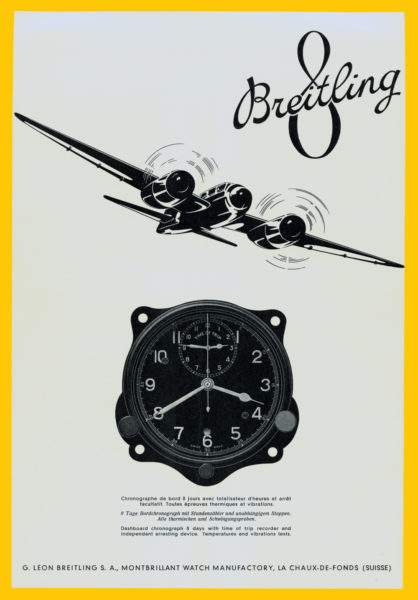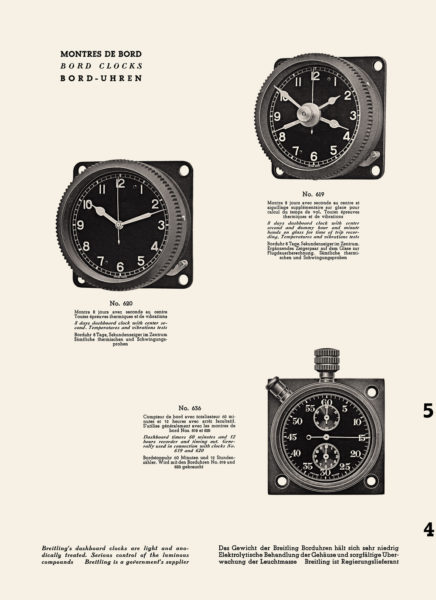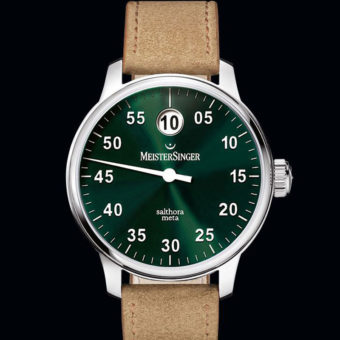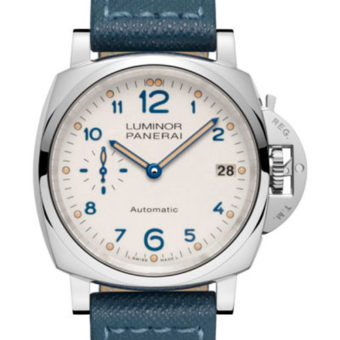Although it’s been months since the first Breitling collection under Georges Kern was released, the debate over the new lines continues. However, what has been often left out of these conversations is the historical references embedded throughout the different lines, in particular, a reference to a unique period in Breitling’s aviation history found inside the Navitimer 8 lineup. While the first Navitimer made its debut in 1952, the 2018 collection draws on a specific chapter of Breitling’s 134-year old history that solidified the company as an aviation pioneer in the run-up to World War II. Here are five things you need to know about the Breitling Huit Aviation Department.

1.) When Willy Breitling, then only 19 years old, assumed control of the company his grandfather founded, he was in a good position. Chronographs were a major source of revenue for the brand and with over 40 different models available, Breitling wasn’t shy about embracing that fact. It’s worth noting that, at the time, chronographs only had a single pusher, so after starting and stopping the timer, you had to reset it. Willy knew this was an inefficient approach, so he developed the world’s first two-pusher chronograph and filed a patent for it 1934. Two years later, he introduced a chronograph specially made for aviators that had a black dial with luminescent numerals and hands. You could consider this the watershed moment for Breitling’s involvement in flight.

2.) In 1938, Willy Breitling embraced the success of his 1936 model and founded the Huit Aviation Department. He was aware of the strict guidelines that were required for instruments used in military and civilian aircrafts so he chose a name to reflect his timepiece’s capabilities: “Huit.” French for the number eight, it was picked to reflect the eight-day power reserve that the onboard clocks and other dashboard instruments had at the time. As you might have guessed, this is where the “8” in the 2018 Navitimer collection comes from.

3.) Production within the Huit Aviation Department started immediately and was focused entirely on making the highest quality pilots’ watches in the world. And they weren’t just producing wristwatches either, the young department was developing full-fledged clocks meant to be installed in the dashboard. In fact, that’s where the department had its greatest success, by creating the lightest weight clocks that were the easiest to install.

4.) Breitling’s timing couldn’t have been better. With World War II right around the corner, the demand for flight instruments that could be trusted to perform in unforgiving circumstances soared. It wasn’t long before the Huit Aviation Department had secured a contract to outfit the legendary fighter planes of Britain’s Royal Air Force with onboard chronographs.

5.) To ensure that each Breitling chronograph could perform up to expectations, Willy and his team worked out a battery of tests that proved the brand’s clocks and instruments could function through any type of shock, vibration, temperature fluctuation, and magnetic force that a pilot might encounter during wartime. As you can assume from the brand’s current place in the watch industry, Breitling served its time throughout the war without issue and is now considered one of the longest-running brands with a true aviation heritage.








Just because there is an historical reference to a rather boring clock in an old airplane doesn’t mean you need to make a wristwatch based on that design.